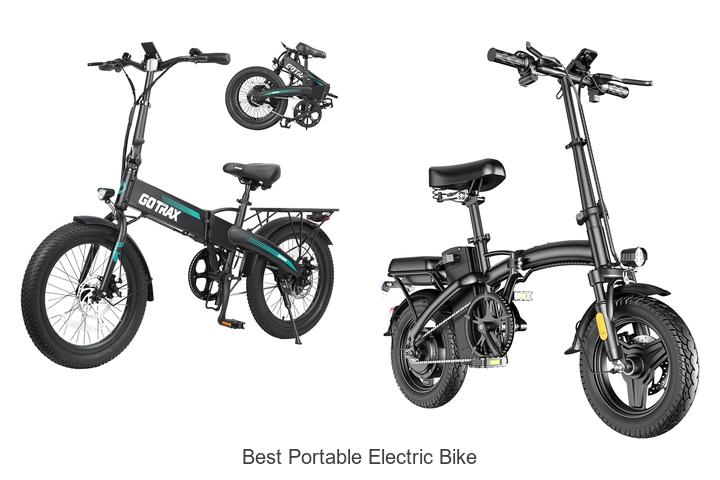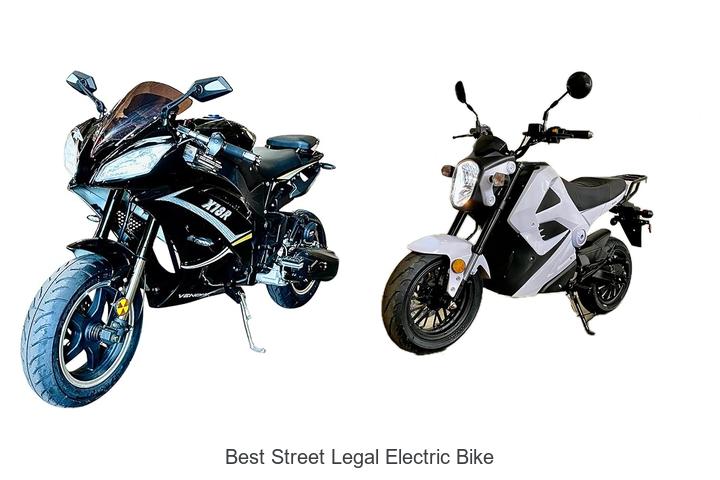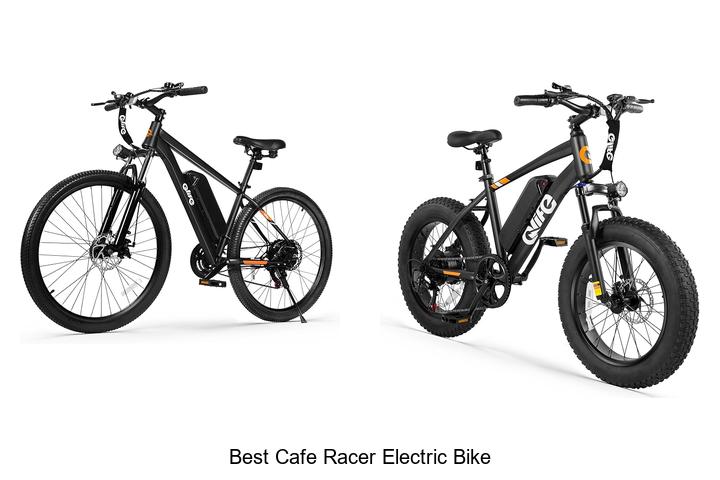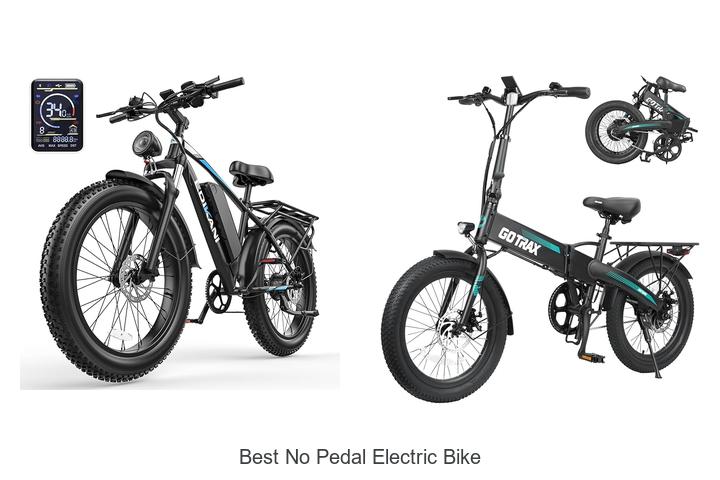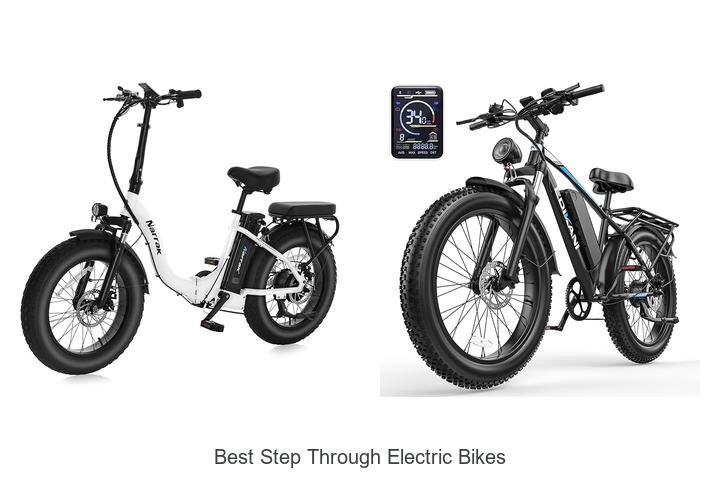How to Buy an Electric Bike: Easy Guide for 2024 Buyers
Thinking about buying an electric bike? You’re not alone. E-bikes are changing the way people commute, exercise, and explore, offering a fun and eco-friendly alternative to traditional bikes and cars. But with so many options on the market it can feel overwhelming to choose the right one for your needs.
Before you make a purchase you’ll want to understand key factors like battery life motor power and bike type. Knowing what to look for will help you find an electric bike that fits your lifestyle and budget without any guesswork. Whether you’re a daily commuter or a weekend adventurer this guide will walk you through the essentials to make your buying decision smart and simple.
Understanding Electric Bikes
Knowing the basics of electric bikes helps you choose the right model. Focus on the main types and essential components before purchasing.
Types of Electric Bikes
Electric bikes fall into several categories depending on their design and use:
- Commuter e-bikes offer practical features like fenders, racks, and lights, ideal for city travel.
- Mountain e-bikes provide robust suspension, wider tires, and powerful motors suited for off-road trails.
- Hybrid e-bikes combine features of commuter and mountain bikes, balancing comfort and performance for mixed terrain.
- Folding e-bikes fold for easy storage and transport, perfect for urban dwellers with limited space.
- Cargo e-bikes support heavy loads with extended frames and reinforced racks, suitable if you carry groceries or children.
Choose your type based on typical riding conditions and purpose.
Key Components to Know
Understanding electric bike components clarifies how each part affects performance:
| Component | Description | Impact on Use |
|---|---|---|
| Battery | Lithium-ion cells, measured in watt-hours (Wh) | Determines range; higher Wh equals longer rides |
| Motor | Hub or mid-drive, power rated in watts | Affects acceleration and hill-climbing ability |
| Controller | Device regulating motor power | Manages pedal-assist levels and throttle response |
| Frame | Material like aluminum or carbon fiber | Influences weight, durability, and ride quality |
| Display | Interface showing speed, battery level, and mode | Allows monitoring and adjustment during rides |
Check specifications for each component to match your expectations on distance, speed, and ride comfort.
Factors to Consider When Buying an Electric Bike
Choosing the right electric bike depends on several critical factors. Understanding these elements ensures the e-bike matches your riding needs and personal preferences.
Purpose and Riding Style
Identify your primary use—commuting, off-road trails, mixed terrain, or cargo transport. Each purpose dictates different bike features. Commuter e-bikes offer lightweight frames and efficiency, while mountain e-bikes provide sturdy suspension and durability. Your riding style, such as leisurely cruising or vigorous exercise, influences the bike’s design and capabilities.
Battery Life and Range
Examine battery capacity measured in watt-hours (Wh). Higher Wh values extend the distance your e-bike can cover on a single charge. Typical ranges vary from 20 to 70 miles depending on battery size and terrain. Consider your daily travel distance and access to charging points. Keep in mind higher capacity batteries add weight and cost.
Motor Power and Speed
Motor power, rated in watts (W), affects acceleration and hill-climbing ability. Most e-bikes come with motors between 250W and 750W. Choose a motor that balances power and energy efficiency based on your routes. Maximum speed often caps at 20 mph in many regions due to regulations; verify local laws before selecting higher-powered models.
Frame and Weight
Frame material influences durability and comfort. Aluminum frames are lightweight and rust-resistant, while steel offers strength with extra weight. Carbon fiber appears in premium models for unmatched lightness. Total bike weight affects maneuverability and ease of carrying, especially for folding e-bikes or if transporting frequently is necessary.
Price and Budget
Set a budget aligned with your feature priorities. Entry-level e-bikes typically start around $1,000, while models equipped with advanced motors, long-range batteries, and premium build quality can exceed $5,000. Factor warranty coverage and after-sales support into your purchase decision to ensure long-term value.
Where to Buy an Electric Bike
Finding the right place to buy an electric bike influences your purchase experience and long-term satisfaction. Consider shopping options and reliable sources carefully to ensure quality and support.
Online vs. In-Store Shopping
Explore both online and in-store options to balance convenience and hands-on experience. Online stores offer extensive selections and competitive prices but limit physical inspection and test rides. In-store shopping lets you test ride bikes, receive personalized advice, and handle immediate purchases, though options may be more limited and prices higher.
Choose online shopping if you prioritize variety and price comparison, but opt for in-store shopping to evaluate fit, comfort, and immediate assistance. Some retailers offer hybrid options with online browsing and local pickup or home delivery combined with showroom visits.
Trusted Brands and Retailers
Select electric bikes from reputable brands known for quality, innovation, and customer service. Brands such as Trek, Specialized, Rad Power Bikes, and Giant provide a range of models supported by warranties and service networks. Buying from authorized retailers guarantees authentic products and access to professional maintenance and parts.
Consider retailers with strong customer reviews, transparent return policies, and clear warranty terms. Specialty bike shops often provide expert guidance and after-sales support, while established online retailers include Amazon and manufacturer websites offering secure purchasing and customer service.
Test Riding and Inspecting an Electric Bike
Test riding and inspecting an electric bike confirms if it fits your riding style and expectations. Focus on key aspects that affect comfort, performance, and safety.
What to Look For During a Test Ride
Evaluate the bike’s handling and responsiveness by riding in various conditions, like flat roads and slight inclines. Feel the motor assist engage smoothly without lag or abrupt power surges. Test the brakes for strong, reliable stopping power and check if they respond well under different speeds. Pay attention to the seating position and comfort of the saddle and handlebars. Note any vibrations or noise from the motor or tires. Assess the bike’s weight by starting, stopping, and maneuvering it around tight corners or obstacles. Confirm the display panel is easy to read and controls are intuitive while riding.
Checking the Bike’s Features and Build Quality
Inspect the frame for sturdy welds and high-quality materials such as aluminum or carbon fiber, which add durability without excess weight. Examine the battery placement making sure it’s secure and accessible for charging and removal. Review the motor size and mounting to avoid loose parts or misalignments. Test the tires for tread suitable to your intended roads or trails and check for puncture resistance features. Verify that wiring is neat and protected from damage. Confirm the bike includes essential accessories like lights, fenders, and racks if required. Ensure warranties and maintenance services cover critical components for peace of mind.
After Purchase Considerations
After buying your electric bike, focusing on maintenance, repairs, accessories, and safety gear keeps your ride reliable and enjoyable.
Maintenance and Repairs
Regular maintenance preserves your e-bike’s performance and extends its lifespan. Clean the bike frame and drivetrain every 100 miles or after wet rides. Check tire pressure weekly to maintain optimal handling and range. Inspect brake pads monthly to ensure responsive stopping power. Charge the battery after every ride and avoid full discharges to maximize battery health. Schedule professional tune-ups at least once a year or more frequently if you use your bike extensively. Address issues like unusual noises, motor lag, or electrical faults quickly by contacting authorized service centers. Keep spare parts such as inner tubes, brake pads, and fuses on hand for minor repairs.
Accessories and Safety Gear
Equipping your e-bike with the right accessories improves functionality and safety. Install front and rear lights if your model doesn’t include them to enhance visibility during low-light conditions. Use fenders to reduce splashes and protect your clothing. Add a quality lock to secure your bike in public spaces. Carry a multi-tool and a portable pump for on-the-go adjustments. Choose a helmet certified by CPSC or other reputable safety standards and wear it consistently. Use reflective clothing or accessories to increase nighttime visibility. Consider padded gloves and eye protection for additional comfort and safety during longer rides.
Conclusion
Choosing the right electric bike means aligning your purchase with how you plan to ride and what features matter most to you. Taking time to test ride, inspect, and compare options ensures you find a bike that feels comfortable and performs well. Remember that ongoing maintenance and the right accessories will keep your e-bike running smoothly and safely for years to come. With thoughtful research and preparation, your new e-bike will be a reliable companion for every adventure or daily commute.
